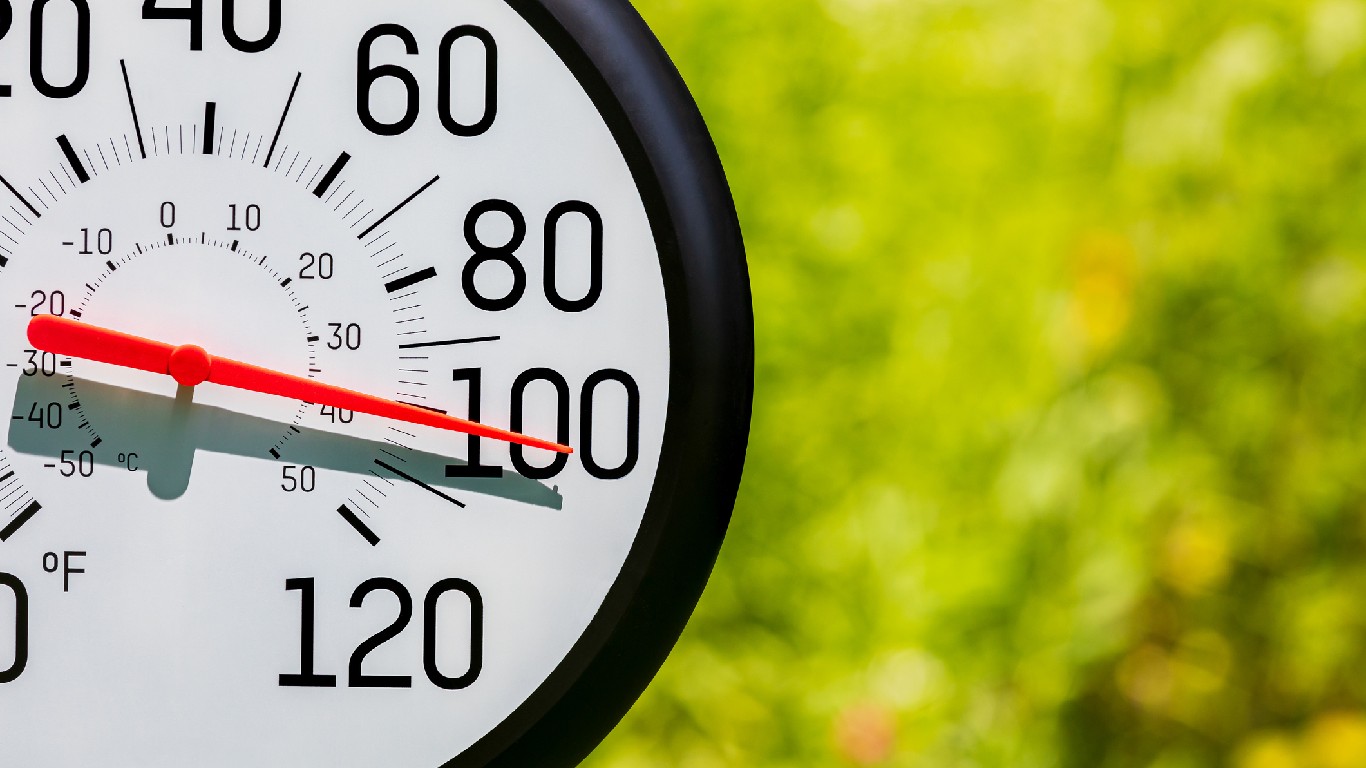An extreme heat wave grips much of the nation, and the world, this summer. Cities across the Southwest and the western parts of the U.S. have recorded temperatures this month that shatter previous heat records, with some areas seeing thermometers top 120°F.
Temperatures this high can put excessive strain on the human body. To compile a list of things that can happen to your body when it’s really hot, 24/7 Tempo reviewed dozens of online health-related sources, including those of the Centers for Disease Control and Prevention and the National Institutes of Health.
Young and healthy individuals can effectively regulate their body temperature at a maximum of 87°F when the humidity is at 100%, according to a study conducted in 2022 by researchers at Penn State University.
The body normally cools itself by circulating blood to the skin and releasing sweat, which evaporates to help bring down body temperature. But in extreme heat, these systems can become overwhelmed, causing multiple heat-related illnesses, some of which can even be life-threatening. (Read about 11 things you should never do when it’s hot outside.)
Excessive heat poses the greatest risk to vulnerable groups like the elderly, the very young, and those with chronic medical conditions. Staying properly hydrated and limiting time outdoors during peak heat are crucial to protect the body from stress and impairment when temperatures soar. (These are 13 warning signs of dehydration you should not ignore.)
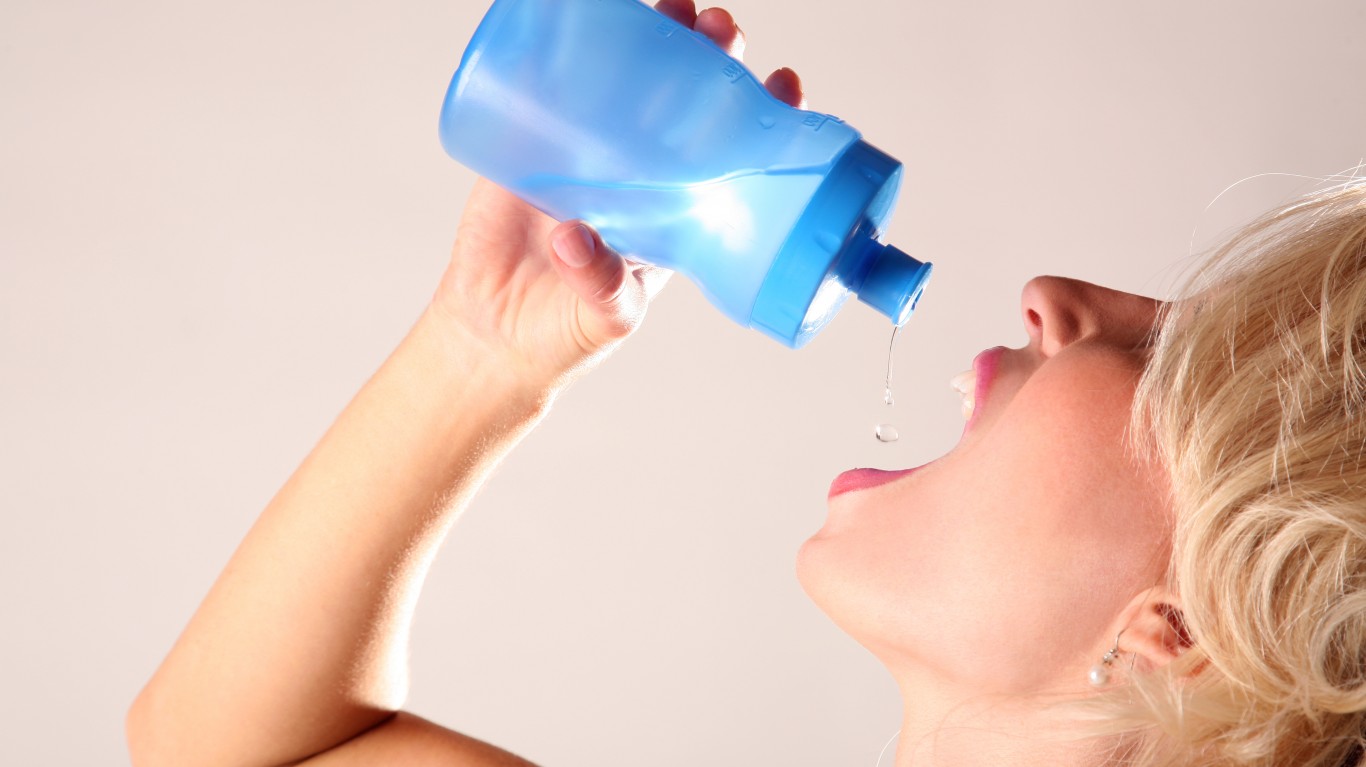
Dehydration
Dehydration occurs when the body loses more fluids than it takes in. In hot environments, the body has to work harder to cool itself, which can lead to sweating and the subsequent loss of water and electrolytes – essential minerals like sodium, potassium, and calcium. This is why it is important to make sure to drink enough fluids when in a hot environment, to replace the lost fluids and maintain the body’s electrolyte balance.
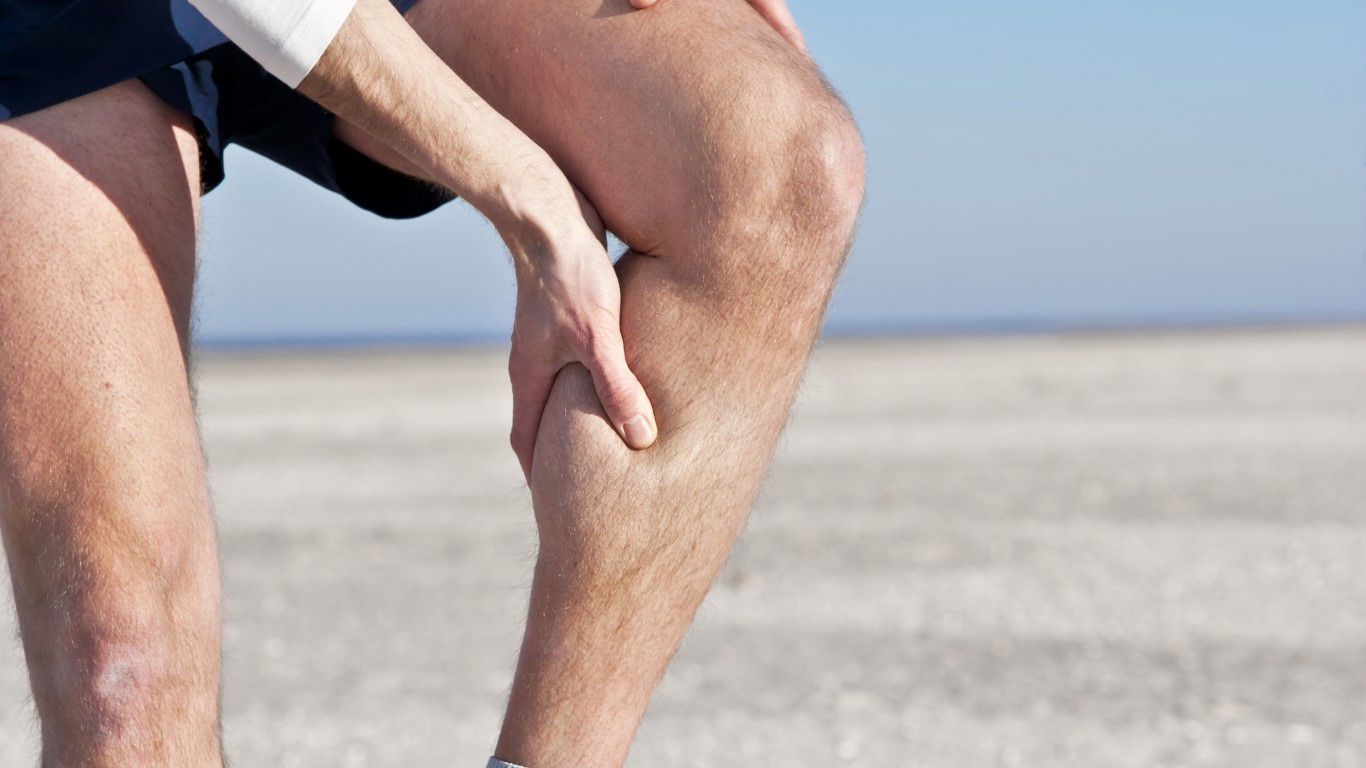
Cramps
When the body becomes too hot, it begins to sweat in order to cool itself off. However, when the sweat evaporates, it also removes electrolytes and other minerals from the body. This mineral depletion can lead to inflammation of the muscles, resulting in cramps, which can be debilitating in extreme cases.
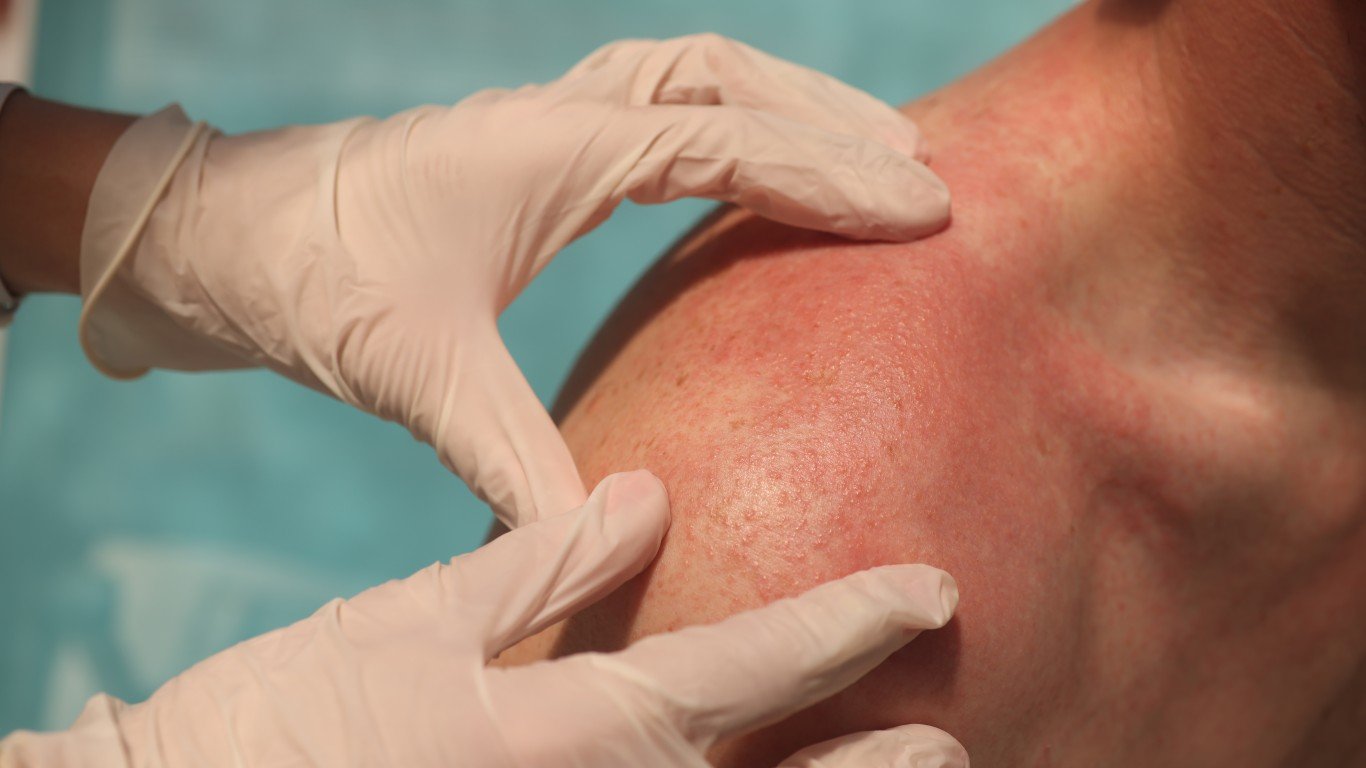
Rashes
Heat rash is a common skin condition caused by increased sweating and blocked sweat ducts. which may cause small blisters or bumps to form on the skin. Heat rash is most common in warm and humid climates, and can occur in areas of the body that are covered with clothing for extended periods of time. Treatment for heat rash includes topical creams, cooling the skin with cool compresses, and avoiding further exposure to heat.

Increased heart rate
When the body is exposed to excessive heat, it responds by increasing the heart rate to improve the circulation of blood and regulate the body’s temperature. This is known as the thermoregulatory response, and it is an essential function of the body’s ability to maintain homeostasis – but it can be dangerous for those with arrhythmias or other cardiac conditions, and can be an early warning sign of potential heat exhaustion.

Respiratory stress
Excessive heat can cause respiratory stress in the body by making it harder to take in oxygen and release carbon dioxide. This can result in chest and breathing discomfort, headaches, dizziness, and fatigue. Also, extreme heat, as well as high humidity, may result in asthma flare-ups.

Confusion
When the body’s temperature-regulating mechanisms become overwhelmed and body temperature rises to dangerous levels, this may cause confusion and other cognitive impairments. Heat stress can affect function of neurotransmitters in the brain – chemical messengers that play a crucial role in communication between brain cells.

Decreased alertness
Dehydration reduces blood volume, which means that less blood reaches the brain. This can result in decreased oxygen and nutrient delivery to brain cells, leading to impaired cognitive function, including decreased alertness. Also, sweating leads to the loss of essential electrolytes that play a crucial role in nerve function and communication.

Sleep disturbances
The body’s natural circadian rhythm is affected by temperature changes, so when it gets too hot, that rhythm is disrupted, leading to poor sleep quality. This can be further exacerbated by environmental factors such as humidity, air pollution, and noise.

Sunburn
Sunburn is caused by overexposure to ultraviolet (UV) radiation from the sun. The UV rays damage the skin cells, causing the skin to become red, inflamed, and painful. Prolonged exposure to UV radiation can cause permanent skin damage, including premature aging, wrinkles, and skin cancer. To avoid sunburn, it is important to limit exposure to the sun, wear sun-protective clothing, and use sunscreen when spending time outdoors.

Heat edema
Heat edema is a condition that occurs when the body is exposed to prolonged periods of excessive heat, causing sweat glands to become overactive, leading to increased fluid retention in certain areas of the body. This can cause swelling in the affected areas, typically the legs, feet, and ankles. In severe cases, heat edema can lead to difficulty walking and other uncomfortable symptoms.
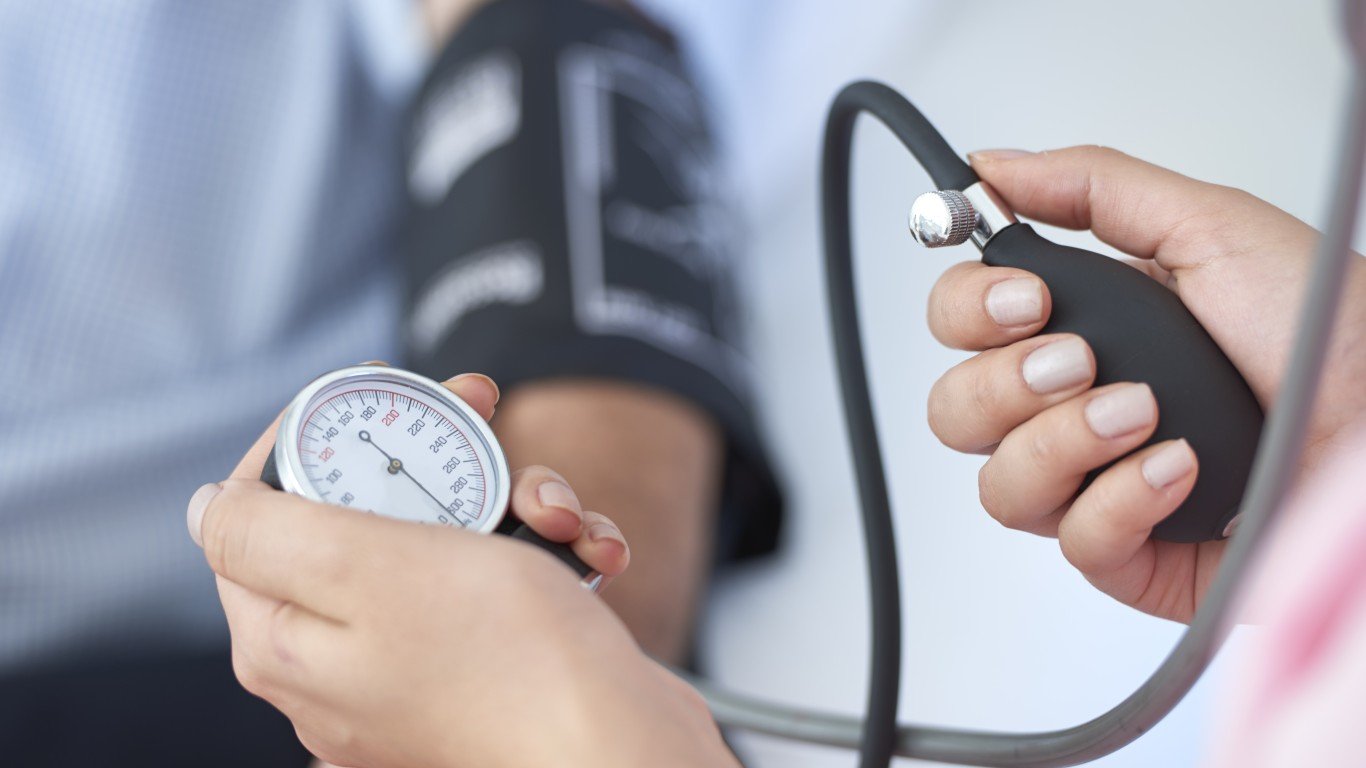
Low blood pressure
When the body is exposed to excessive heat, it sweats and loses fluids, which can lead to dehydration. This can cause the blood vessels to dilate, leading to a decrease in blood pressure. Low blood pressure can cause dizziness, lightheadedness, and fainting.
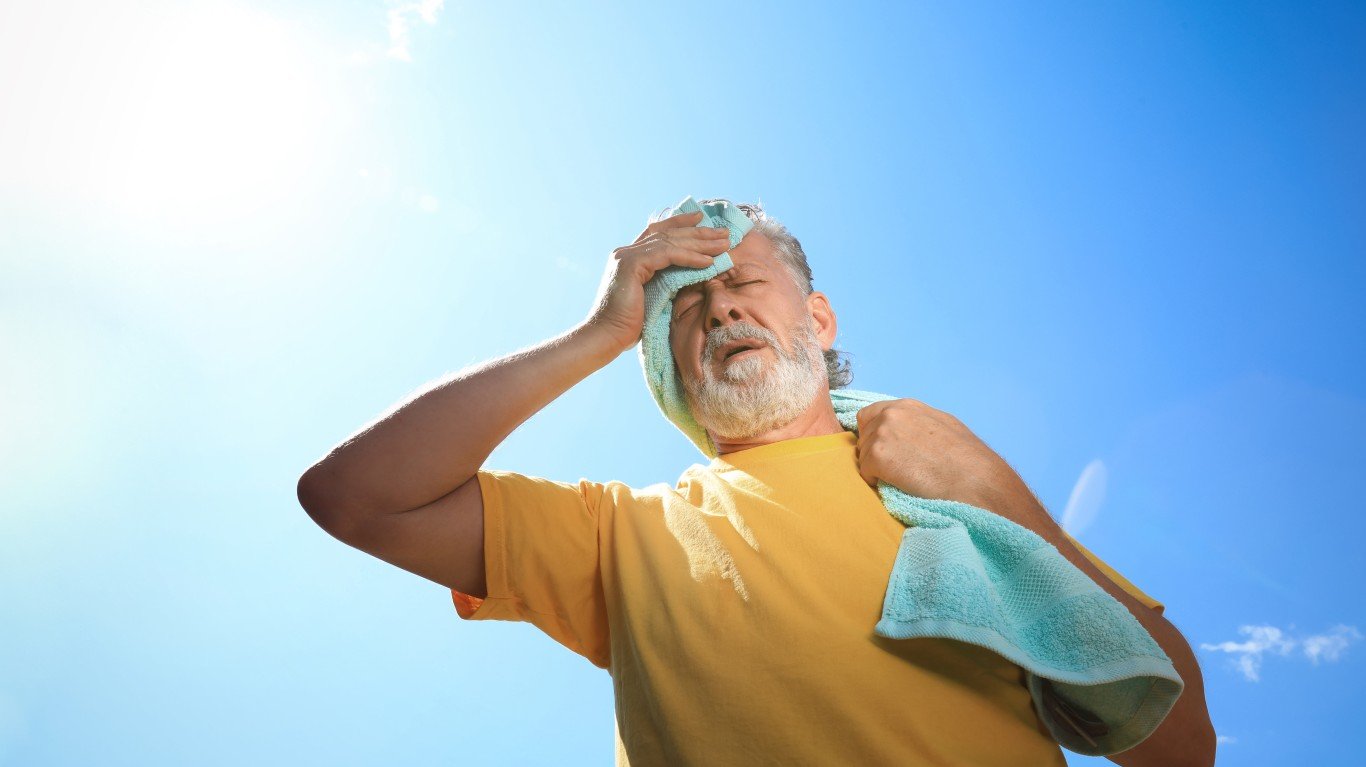
Heat exhaustion
Heat exhaustion is a condition caused by exposure to extreme temperatures, often occurring after a prolonged period of hot weather or physical activity in hot environments. The body is unable to cool itself efficiently, resulting in a range of symptoms such as heavy sweating, rapid heartbeat, dizziness, headaches, nausea, and even fainting. To help prevent heat exhaustion, it is important to stay hydrated and take frequent breaks in shaded or cool areas.

Multi-organ failure
Excessive heat can cause multi-organ failure in the body by affecting vital organs such as the heart, lungs, kidneys, and intestines. These organs can be damaged by the increased temperatures, which can lead to a decrease in blood flow and electrolyte imbalances and an increase in inflammation. The decrease in oxygen levels and the increase in inflammation can create a cycle of further organ damage and eventually organ failure. The risk of multi-organ failure is particularly great in individuals who are more vulnerable to the effects of high temperatures, such as the elderly, infants and young children, and people with conditions such as diabetes and heart disease.

Heatstroke
Heatstroke is a serious and potentially life-threatening condition that occurs when the body is unable to regulate its temperature as a result of prolonged exposure to excessive heat. The body’s temperature can increase to 106ºF or higher in just 15 minutes. This leads to a cascade of symptoms, including dizziness, headache, nausea, confusion, and difficulty breathing. If left untreated, heatstroke can cause organ damage and even death. It is important to recognize the signs and symptoms of heatstroke and to take immediate action to cool the body down.
